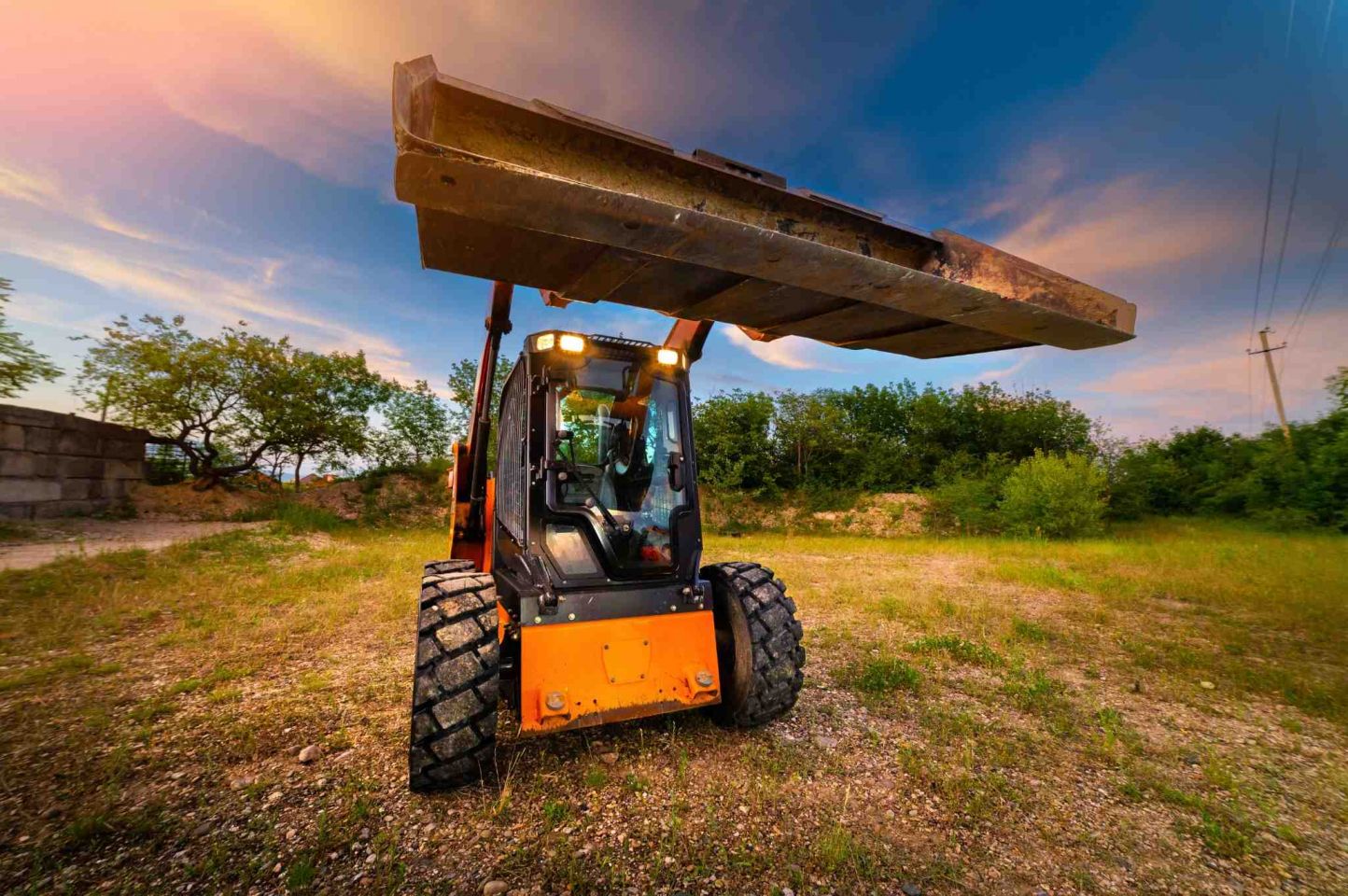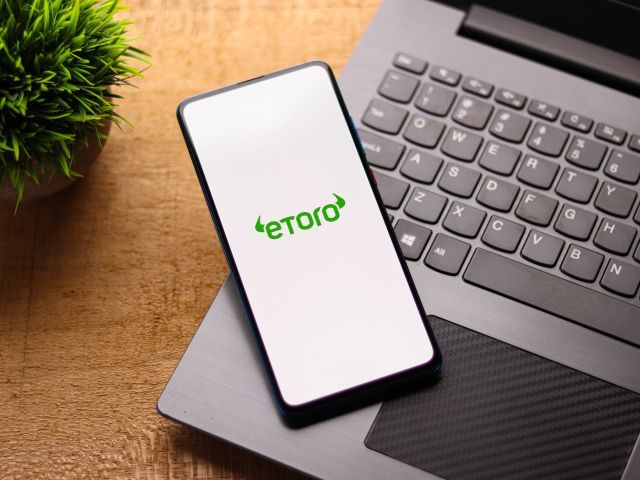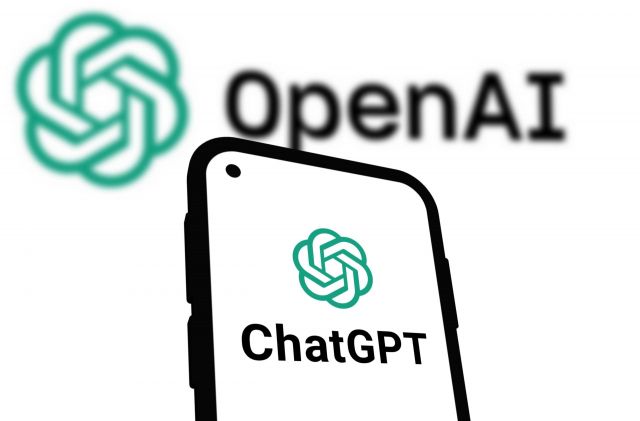Firefly Automatix IPO: how to trade Firefly Automatix share CFDs

IPO stocks are often highly volatile, and early trading can involve rapid price swings and significant risk.
Create an account Open a demo account
When is the FireFly Automatix IPO date?
The official FireFly Automatix IPO date is not yet confirmed, but the US agricultural robotics manufacturer filed for an initial public offering with the US Securities and Exchange Commission (SEC) on 6 October 2025. The company plans to list its shares on the Nasdaq Capital Market under the ticker FFLY.
According to reports, FireFly intends to raise at least $28.75m (source: Seeking Alpha).
Market environment
FireFly’s IPO arrives as automation and sustainability converge in global agriculture. Investor interest in AI-enabled farm machinery and electric equipment has accelerated, supported by rising labour costs, decarbonisation targets, and demand for greater precision in crop management.
Across 2025, US and European regulators have promoted new incentive programmes for electric machinery and autonomous systems under farm-efficiency and climate-technology initiatives. These trends have made agricultural robotics one of the fastest-growing segments in industrial automation.
While large players such as John Deere and CNH Industrial dominate high-end equipment, smaller innovators like FireFly have carved out space in specialised niches – in this case, turf, sod, and commercial landscaping automation.
The company’s listing comes amid renewed market appetite for ‘real-economy’ growth stories – businesses grounded in tangible production rather than pure software.
FireFly Automatix states in its SEC filing that IPO proceeds will be used for working capital, manufacturing expansion, and product development. The company does not disclose detailed allocation by project or specific investment categories such as battery systems, software, or leasing programmes.
The company’s move to the public markets also signals confidence in its ability to capitalise on the emerging ‘smart agriculture’ economy – where robotics, electric vehicles, and precision data merge.
What is FireFly Automatix?
Founded in 2010, FireFly Automatix Inc. is a US-based designer and manufacturer of autonomous and electric field equipment. Its products automate repetitive, labour-intensive tasks such as mowing, harvesting, and turf maintenance.
The company is headquartered in Salt Lake City, Utah.
Technology and IP
FireFly’s technology integrates computer vision, lidar sensors, and AI-based path-planning. Proprietary algorithms allow machines to operate autonomously in variable terrain and weather conditions.
The company holds a range of patents and pending applications covering robotic control, power management, and safety systems.
It partners with US-based battery suppliers and component manufacturers, ensuring supply-chain resilience and compliance with domestic-content standards.
Leadership and workforce
FireFly is led by CEO Joe Taylor. Its management team combines expertise in robotics, agronomy, and industrial operations.
How does FireFly Automatix make money?
FireFly’s business model combines equipment sales with recurring services such as software subscriptions, maintenance, and leasing.
| Revenue stream | Description |
|---|---|
| Equipment sales | Sale of autonomous mowers, harvesters, and related robotics hardware. |
| Maintenance and parts | Service agreements, component replacements, and maintenance kits sold to installed clients. |
| Leasing and rentals | Monthly or seasonal lease options, generating recurring revenue and expanding access. |
| Software and data services | Subscriptions to FireFly Connect for telematics, reporting, and analytics. |
Equipment sales currently account for roughly 90% of total revenue, while service and software are expected to grow as the installed fleet expands.
The company’s long-term strategy is to transition toward a hybrid model similar to industrial automation leaders – combining one-time equipment revenue with steady annuity-style income from data and maintenance services.
What might influence the FireFly Automatix stock price?
As with most small-cap tech listings, FireFly Automatix’s stock performance will depend on its ability to execute growth plans and manage costs amid broader market sentiment.
Order pipeline and commercial adoption
Investors and traders will track quarterly order intake, backlog levels, and repeat purchases. Demonstrating consistent demand from commercial clients – particularly large-scale municipal or corporate buyers – will be critical for valuation.
Securing multi-year framework agreements could drive confidence in long-term cash flow. Conversely, delays in production or limited uptake in new markets might create near-term volatility.
Profitability and cost control
While FireFly remains in investment mode, its narrowing losses show improving efficiency. Post-listing, the company must balance R&D expansion with cash conservation. Key indicators will include:
- Gross margin progression as volume increases;
- Working-capital management and cash conversion; and
- Operating expense ratios as a percentage of revenue.
Investors will reward a clear trajectory toward break-even without sacrificing innovation.
Competitive positioning
FireFly competes with global agricultural and turf-equipment manufacturers that are scaling their own automation capabilities. Key competitors include John Deere, Kubota, Toro, and Trimax Mowing Systems.
Its differentiation lies in:
- Electric-only powertrains versus diesel or hybrid rivals.
- Specialised focus on turf and sod automation rather than broad agriculture.
- In-house software integration, allowing tighter control of performance and safety.
If FireFly can maintain technical leadership in energy efficiency and navigation accuracy, it can defend premium pricing and capture market share.
Sector and policy trends
Government incentives for electric agricultural machinery under the US Inflation Reduction Act (IRA) and similar EU programmes support adoption.
Broader sustainability commitments from corporate customers – such as sports facilities and municipalities – may also accelerate demand for low-emission equipment.
However, volatility in raw-material costs (notably lithium and steel) could affect profitability. Any shifts in subsidy frameworks or tariff policies on imported components could also move the stock.
Broader market conditions
FireFly’s IPO will coincide with renewed optimism in robotics and industrial innovation. The Nasdaq Robotics & Automation Index has outperformed the broader market through 2025, reflecting strong investor appetite for hardware-driven AI adoption.
Market volatility around Fed rate decisions or global growth data may influence short-term trading, but the long-term outlook for automation remains favourable.
You can keep your finger on the pulse of the markets with expert insight from our in-house analysts. Check out our news and analysis section for more.
How to trade FireFly Automatix shares via CFDs
As and when the FireFly Automatix launch date happens, trading its shares via contracts for difference (CFDs) allows you to speculate on its price movements – without owning the underlying stock.
How to get started
- Step 1: Choose a platform Use a trusted broker like Capital.com, offering access to thousands of shares, indices and more.
- Step 2: Open an account Provide your personal details, verify your identity, complete a short suitability questionnaire, and set your trading preferences.
- Step 3: Add funds Deposit using card or bank transfer. Start small, and manage your risk carefully.
- Step 4: Track Firefly Automatix’s performance Use charts, technical indicators and price alerts to monitor the market and spot trading opportunities.
- Step 5: Go long or short with CFDs Think the price will rise? Go long. Expect a drop? Go short. Apply stop-loss* or take-profit levels to manage your trades.
IPOs can be volatile, especially in the early days of trading. CFDs give you the flexibility to act on price swings in either direction. However, CFDs are traded on margin. Leverage above 1:1 magnifies losses and gains, which amplifies risk. Always use risk-management tools and stay informed with expert insights available on the Capital.com platform and app.
*Standard stop-losses are not guaranteed. Guaranteed stop-losses incur a fee when activated.
Which agtech and robotics stocks can I trade?
Until the FireFly Automatix listing date happens, investors can explore similar publicly listed companies:
- Deere (DE) – global leader in precision agriculture and autonomous tractors.
- Trimble (TRMB) – provides GPS and software solutions for precision agriculture and construction.
- CNH Industrial (CNHI) – diversified manufacturer advancing automation in farm and construction vehicles.
- AeroVironment (AVAV) – specialist in unmanned and robotic systems for industrial applications.
These peers offer comparable exposure to automation, sustainability, and hardware innovation – the same drivers underpinning investor interest in FireFly Automatix.
FAQs
Discover more upcoming IPOs
Stay informed on upcoming IPOs, market trends, and the newest trading opportunities

eToro IPO
